We explore the history of Star Trek’s Temporal War.
By Chris Snellgrove | Published
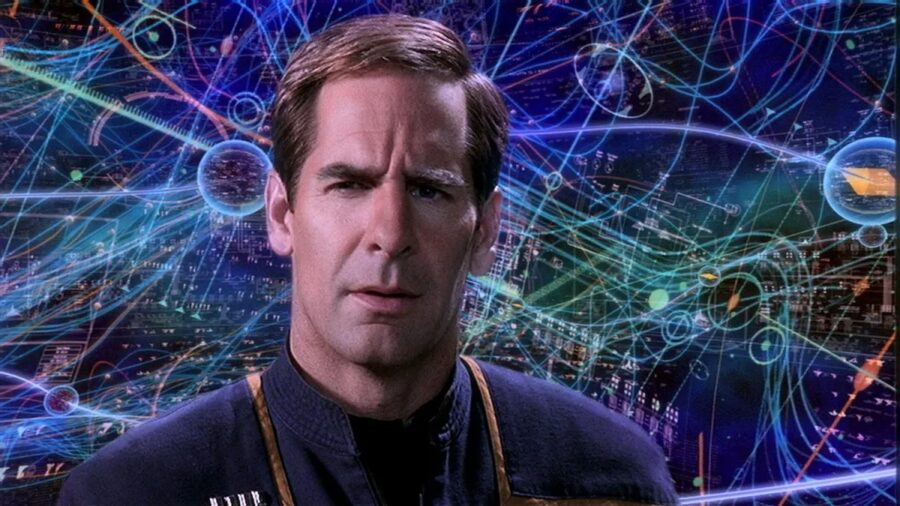
The latest episode of the Paramount Plus series Star Trek: Strange New Worlds The shenanigans of the interim war leaders, including the birth of Khan Noonien Singh, showed a major change in the canon. However, this revelation left many more fans scratching their heads as to what and how the epic battle ended. If you share in that confusion, it’s time to sit back as we delve into everything you need to know about this influential conflict.
Before the real temporary war Star Trek: Enterprise It introduced us to the concept of a temporary Cold War. The Cold War involved many different factions with the ability to travel through time, and most factions were obsessed with altering the past to better their empire. Hence the so-called “Cold” War: Instead of fighting each other directly, these factions of the future would get others to do their dirty work in the past.
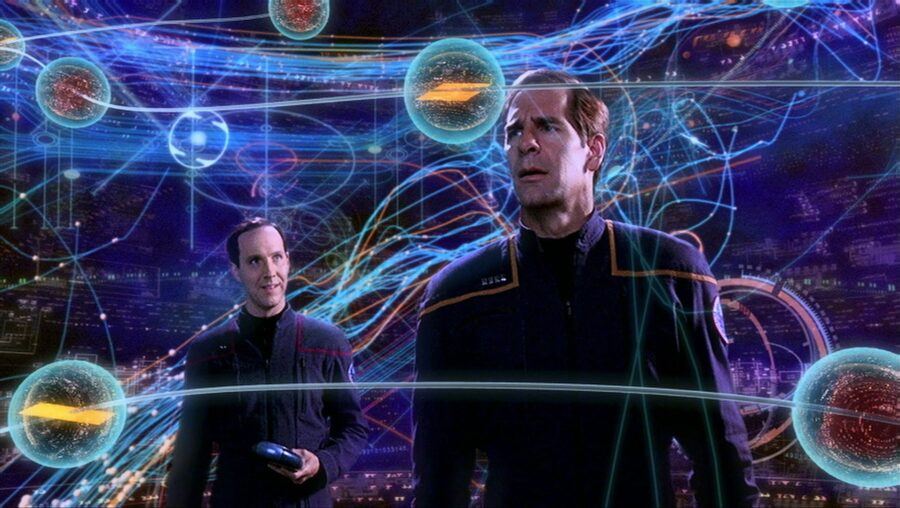
Star Trek: Enterprise He revealed that the temporary Cold War was ultimately very, very hot. Daniel, a mysterious Starfleet officer from the distant future, warns that all temporal agents are now trying to change the past. While their previous actions amounted to pulling a few wrong strings in the timeline, this kind of sweeping change threatens to unravel the story entirely.
With a lot riding on this, Daniel did something Starfleet wouldn’t normally do: he sent Captain Archer and the Enterprise out of the early stages of the Temporal War. in the Star Trek: Enterprise Episode “Stormfront” The battle takes place in Vosk, a member of Nakuhl’s group, who escapes back to Earth when he is defeated in a temporary battle.
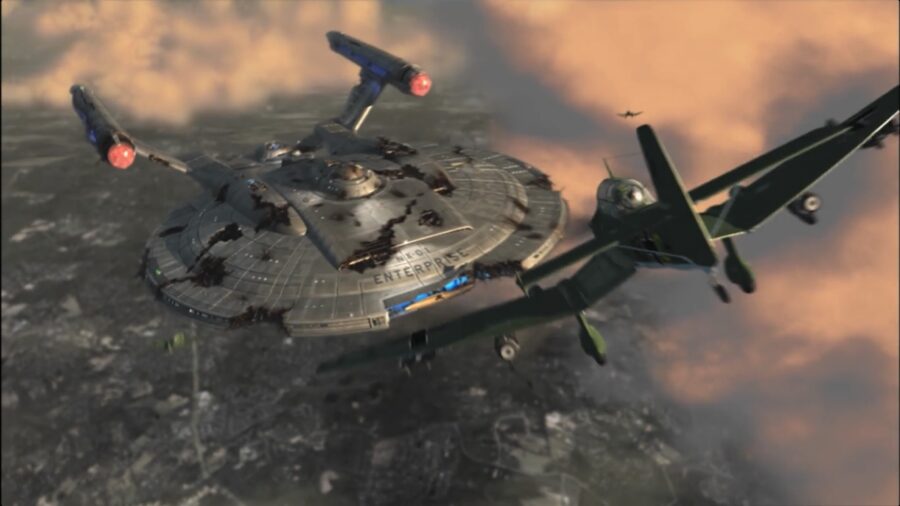
Archer Vosk learns that if he is allowed to build a temporary tube house using 20th century technology, he can kill all temporal agents in his path and rewrite the future in his own image.
Unfortunately, in typical Star Trek fashion, an alien trying to win a makeshift war by dirty tricks ends up aligning himself with the Nazis to take over America and most of the world. To stop them, Archer and an alien ally named Cilic from the future must find a way to lower the shields into Vosk’s compound so that the Enterprise can explode and destroy the temporary tunnel for good.
With a bit of luck and some help from the American Resistance, Archer and his crew succeed: they destroy the temporal tube, killing Vosk before he can use it to return to the future. At the end Star Trek: Enterprise “Storm Front, Part II” kicks the Temporal War into high gear and we learn that all the damage to the timeline has been undone.
Daniels was alive, the temporary Cold War was over, and Organization Fans can breathe a sigh of relief as this storyline has finally been wrapped up.
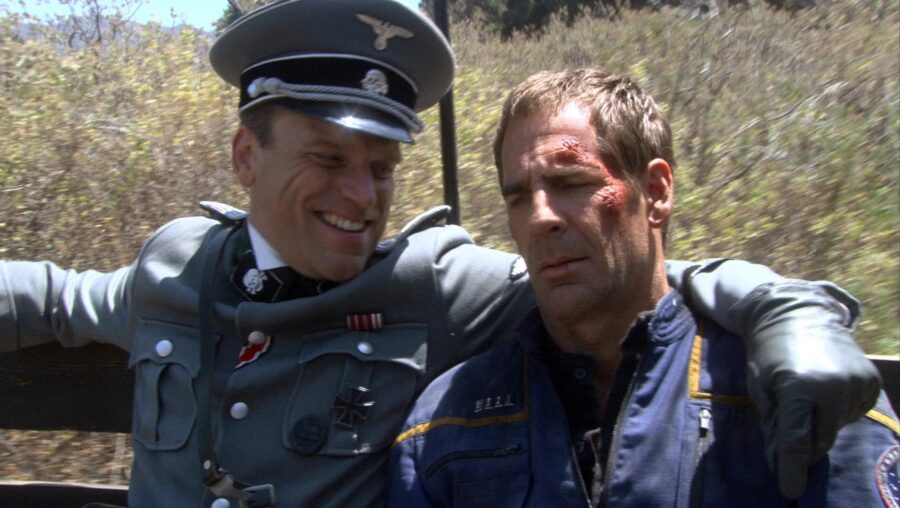
However, however Star Trek: Enterprise They later put the Temporal War as an unwanted toy, and later Star Trek series occasionally mentioned it. For example, we find in Discovery Starfleet outlawed time travel technology and destroyed anything they built, all to avoid another catastrophic event like the Temporal War.
Interestingly, the secret guardian of eternity from Star Trek: The First Series Even moving himself to a new planet, he became more selective about who could use his abilities because more people wanted to use his guardian as part of the battle.
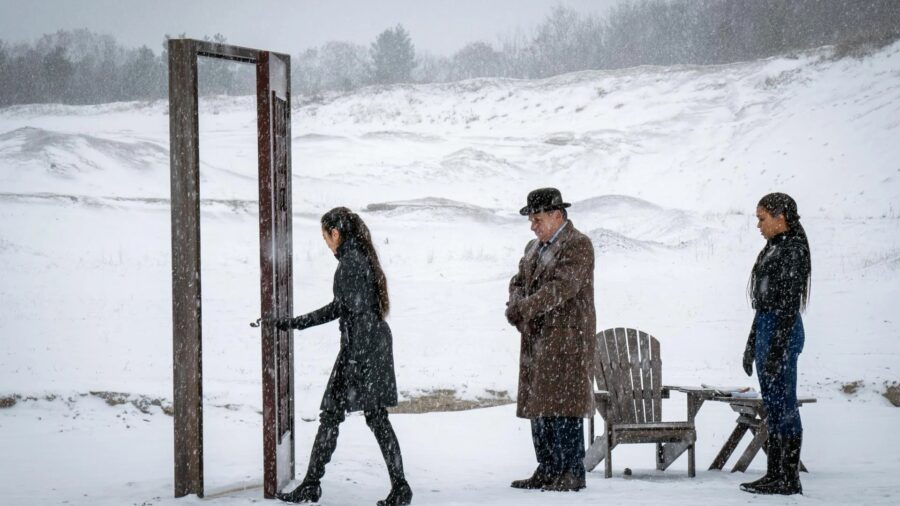
Most recently, Star Trek: Strange New Worlds The episode “Tomorrow and Tomorrow and Tomorrow” revealed that some of the Temporal War invasions made some unexpected changes to the Star Trek canon.
The biggest change is that Khan Noen Singh, the arch-enemy in Trek history, was supposed to be a full-grown adult who was banished from the planet after the eugenics wars ended in the Middle Ages as a baby in the early 21st century. The 90s is a very interesting change to the canon, and may help explain why Earth seems completely unaffected by the eugenics wars. Voyager Workers traveled to the 90s.
In the end, Star Trek fans were divided over the temporary battle: some fans thought it was overpowered. Organization For a long time, however, other fans felt that this was a plausible (even) story about what the warring empires might do if they traveled back in time.
But considering how the Temporal War has been proven twice in NuTrek so far, even the most jaded fan has to admit that this war, ironically, won’t stay in the past. In the meantime, here’s hoping someone in the future can go back in time and not cancel Paramount. Good. We are sure that the Interim Investigation Department will see the opposite.
[ad_2]
